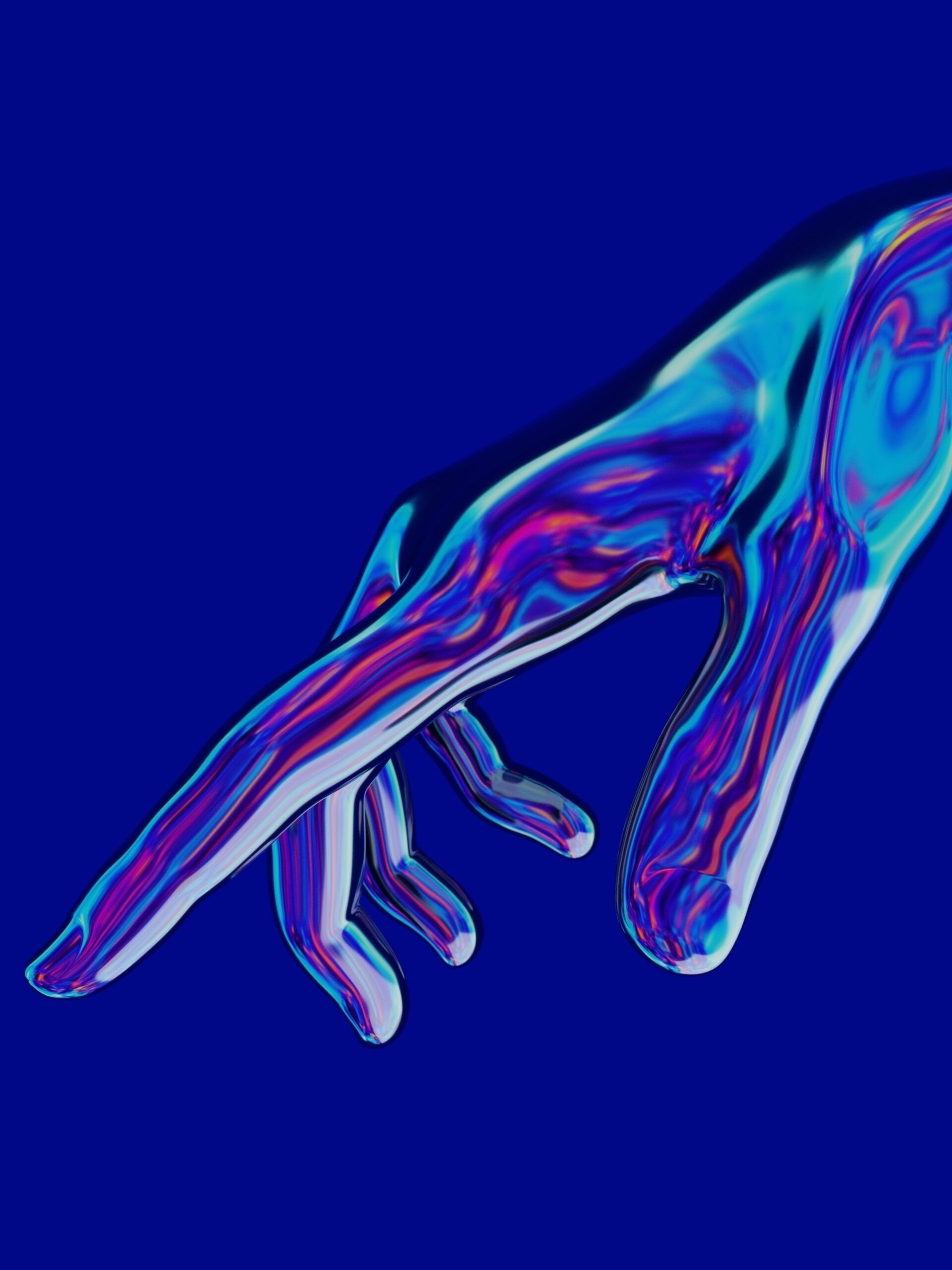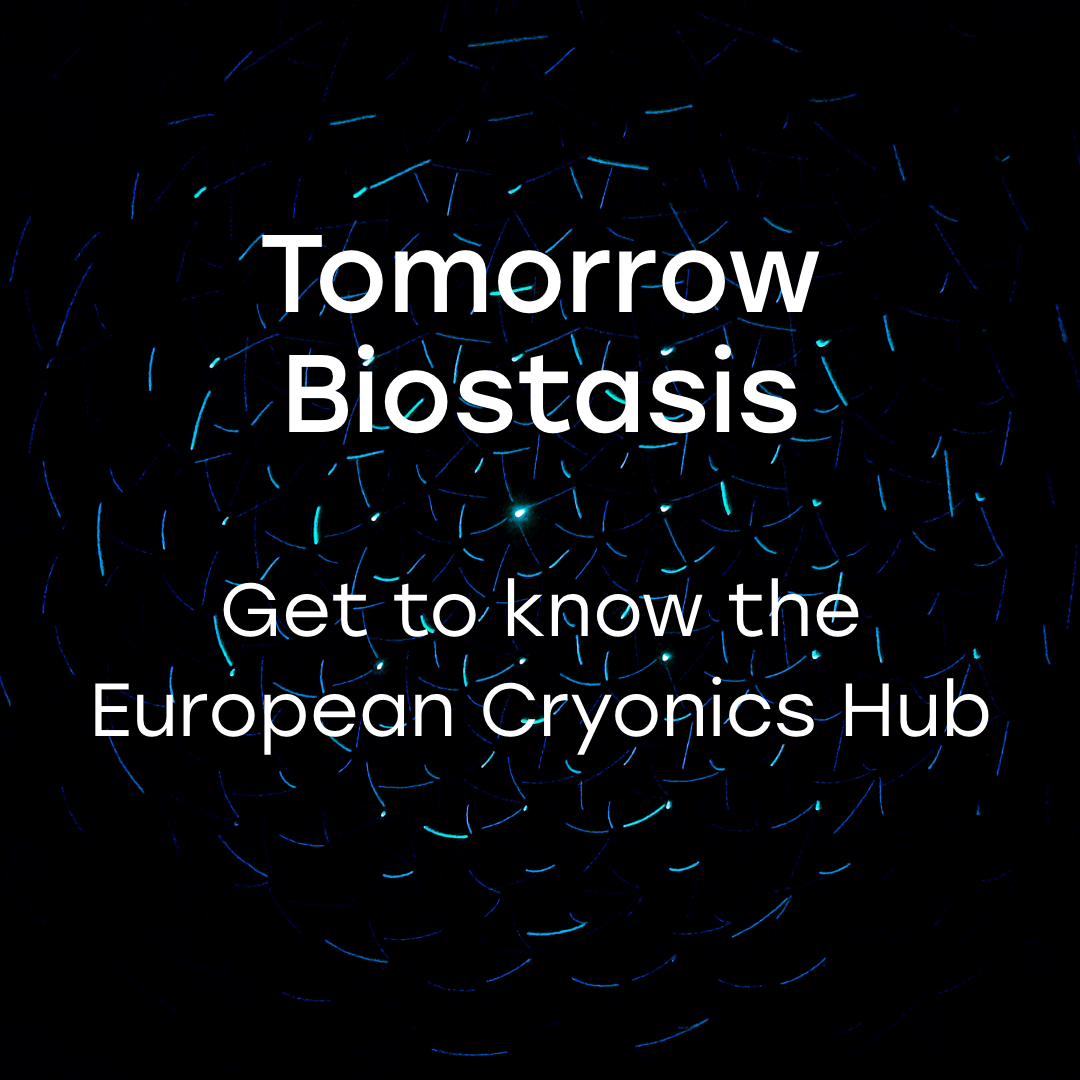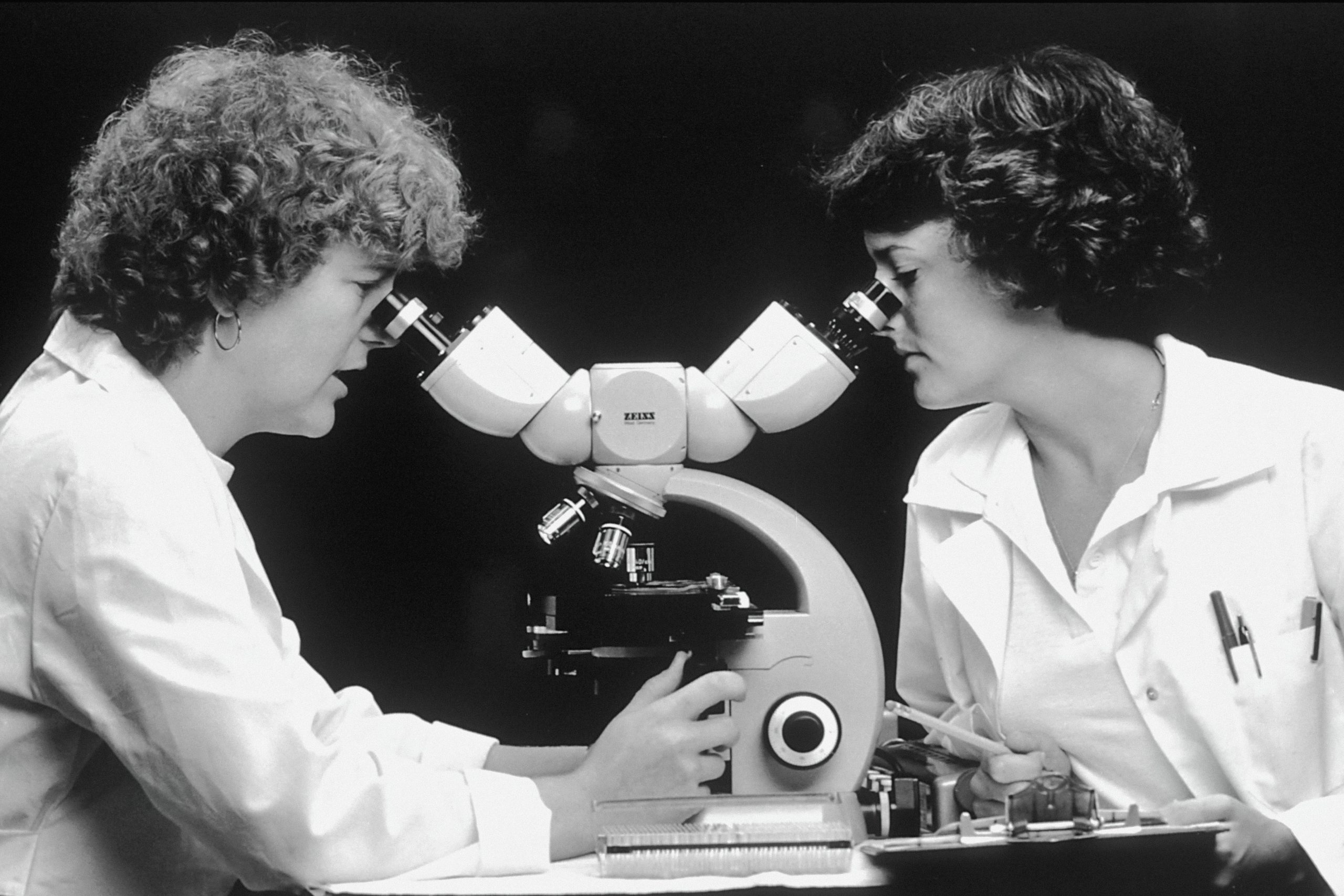In 1958, Arne Larsson, a Swedish engineer, fell ill from a viral infection. Although Arne recovered, his heart lost the ability to beat rhythmically. Arne’s heart rate reduced to only 28 beats per minute, leading to decreased blood flow to the brain and inducing fainting spells. Later that year, Arne became the first human to be given a pacemaker that sent electrical impulses to keep his heart beating. As technology evolved, Arne received 26 upgrades to his pacemaker. To date, over 60 years later, implants work in the same way, they do not communicate with the cells in our body and can only perform limited actions. Researchers are aiming for a future where the difference between the body and the implant ceases to exist. But can this be achieved, as long as we have the ‘Carbon Barrier’?
Carbon life
All life forms are made up of cells. Inside each cell are cell organelles – components of the cell system – which are made up of macromolecules, i.e. proteins, carbohydrates and lipids. Each macromolecule is made up of its own building blocks like amino acids, sugars, hydrocarbons respectively. These building blocks are composed of atoms that form basic elements, and the fundamental component is carbon. We do not completely understand why or how, but Carbon has a monopoly of sorts on life and its components.

From the giant Blue Whale in the Antarctic to the tiny bacteria that thrive in volcanoes, the carbon atom forms the backbone for all life forms. For scientists who study living organisms, it offers a major advantage, it makes certain things predictable. Like how they have evolved, how they grow, how they multiply and how after a certain time, they die.
The wrong model for immortality
Scientists have been working to solve the puzzle of immortality for many years. We have inherited diseases – lifestyle diseases, infectious diseases – and even the impact of environmental degradation on the cells. There are so many health issues that we know of and we need to address them in order to be able to lead a long and healthy life.
Even if scientists did manage to overcome all these hurdles, they face the biggest hurdle of all: apoptosis, programmed cell death. Our cells are programmed to die; despite eating the healthiest foods and following the strictest exercise regimens, the cells in our body initiate a self-destruct program after a certain cellular age. This is the rule of the Carbon-based life form. The only exception to the rule are cancer cells and nobody wants them. Therefore, are we barking up the wrong tree? Is our model system for reaching immortality flawed? If carbon powered life has its limits, isn’t it high time we breach this barrier?
The alternative
Sitting one row below the carbon atom, in Mendeleev’s periodic table, is the element Silicon, which has helped us make technological advancements over a few decades now. Chemically, Silicon behaves like a carbon atom, yet it isn’t part of any life form on our planet. It is an integral part of computing; powering processors that make sense of the 1s and 0s of the digital world. It started by saving important data, then added entertainment to its portfolio, moved onto delivering healthcare and has now become part of daily life, especially in a pandemic-stricken world. From the moment we get up in the morning to when we go to sleep at night, a silicon-powered computing device is part of everything we do in between.
This element has also uploaded us to the digital realm, via the internet, where our photos, thoughts and conversations are part of digital life. We have reached a point where, even after death, one’s memories and point of view can continue to live on in the digital realm. Eugenia Kuyda, a Silicon Valley-based AI entrepreneur, lost her friend, Roman Mazurenko, to a car accident. Eugenia missed Roman so much that she asked her friends to send their chats with Roman to her. She then imputed these into an AI engine that created Roman’s persona in the digital realm, where friends and families could write to him, chat with him and even seek his advice. Although Roman’s body had passed, AI helped to keep his persona alive, for those near and dear to him.
Thus the focus should be on trying to integrate our destined-to-die cells with Silicon, that won’t die. Scientists are working on improving the emotional quotient of computers to make them more empathic and bridge the gap with human beings. A greater triumph would be to transfer human thoughts and feelings into a body that does not die. This is the ultimate convergence, where the human mind and immortal Silicon could work together.
In a way, this is quite the opposite of the story of the Bicentennial man, where a robot experiences being human in flesh and blood, but that much better. This is not trying to install your memories into a robotic body but rather allowing your mind, your feelings, your thoughts to roam freely in a body that does not die. Isn’t that the definition of immortality?















